Different types of training go far beyond simply showing dogs a few tricks. Learning positive skills or behaviors can help shape their entire lives. For example, dog obedience training helps a dog understand the world in a way that makes them feel confident and safe. A well-trained, obedient dog knows how to make good choices because you gave them the right skills at the right time.
The truth is, dogs thrive on structure and consistency. Without guidance, they often create their own rules, which usually involve a lot of barking, pulling, chewing, and jumping.
Good manners are not something a puppy just grows into. They are built with careful, daily practice. Ever wonder why some dogs stroll nicely by their owner's side while others turn every walk into a game of tug? Keep reading to find out how to be the leader your dog needs.
What Is Dog Obedience Training?

Obedience training teaches dogs how to listen, follow directions, and stay calm in busy situations. It gives dogs a simple "language" they can use to understand what their people want.
Training covers basic skills like sit, stay, and come when called. Obedience builds better communication, stronger bonds, and safer habits at home and outside. A well-trained dog can focus even with big distractions like squirrels or loud noises, making everyday life smoother and a lot more fun.
Obedience vs. Behavioral Training
Obedience training and behavioral training sound similar, but focus on different things. Obedience training teaches polite manners and basic commands like heel, sit, and stay. It sets up good behavior early through regular practice and positive reinforcement.
Behavioral training works on serious issues like fear, aggression, or biting. It helps dogs who react strongly to people, other pets, or new places. Both types of training need time and patience, but they solve different kinds of challenges.
Benefits of Obedience Training
Training obedience does more than teach a dog how to sit or stay. It sets the stage for a happy and respectful life together. Here are some important benefits you will notice once you start training.
- Strengthens the Bond With Your Dog. Training gives you and your dog a shared language. Every skill learned builds trust, making daily life easier and more fun.
- Promotes Safer and More Predictable Behavior. A well trained dog reacts calmly in new or busy places. This makes vet visits, walks, and meeting new friends much less stressful.
- Boosts Your Dog's Confidence. Learning new skills gives dogs a sense of accomplishment. It helps shy or nervous dogs feel more secure in different environments.
- Creates a Lifetime of Good Habits. Early practice prevents bad behaviors like jumping or pulling on the leash. A strong start means fewer problems down the road.
When and How to Start Obedience Training
The best time to start obedience training is as soon as your new dog settles in. Puppies can begin learning basic skills in short, fun training sessions at around eight weeks old. Adult dogs can start any time with a little extra patience and positive reinforcement.
Puppyhood vs. Adult Dogs
Puppies soak up new skills like little sponges, making it the perfect time to train basic commands. Short and playful sessions keep their attention and make learning feel like a game. Adult dogs might take a little longer to catch on, but they can still succeed with a mix of practice, patience, and positive rewards. Many new dogs thrive after a few training sessions once they trust their person and get used to a daily routine.
Signs Your Dog Is Ready to Learn
Every dog learns at their own pace, but some signs show they are eager and ready. Look for these clues during your training sessions:
- Eager eye contact and wagging tail
- Calm sitting or standing without jumping
- Ability to focus even when small distractions happen
- Excitement for treats, toys, or praise
- Willingness to stay near you during practice
Must-Have Tools for Successful Training
Starting obedience training feels easier when you have the right tools by your side. Good tools do not just make training sessions more fun; they help your dog learn faster and build stronger habits.
Let's go over the basic equipment every dog owner needs to teach skills properly, set up a smart training space, and stay ahead of common challenges that can slow down progress.
Treats, Clickers, and Leashes
The best dog training tools keep learning fun, clear, and rewarding. Each one serves a special role in helping your dog build new skills with confidence.
- Treats. Small, soft treats that your dog loves will keep them motivated and excited to work hard.
- Clickers. A clicker makes a quick sound that marks the exact moment your dog gets it right. It helps with timing and clear communication.
- Leashes. A sturdy, lightweight leash helps control movement during training sessions without pulling or adding stress.
Using these tools properly during practice makes a huge difference in success.
Creating a Distraction-Free Space
Dogs learn best when the world around them feels calm and easy to manage. Pick a quiet spot inside your home or yard where random noises and sights are limited. A small room, fenced patio, or quiet corner can be a great training space. Keep toys, extra people, and other animals out of the area during practice. A good learning space helps your dog focus fully on the new skills you are trying to teach without getting overwhelmed or confused.
Step-by-Step Obedience Training for Dogs
Teaching obedience works best when broken down into simple, clear steps. Each basic skill builds the foundation for better behaviors and a stronger bond. Let's learn how to teach important skills like sit, stay, and heel with patience, positive reinforcement, and plenty of fun along the way.
Step 1 "Sit" and Positive Reinforcement
Teaching "sit" is a key part of many dog training methods. If your dog already obeys this command, you can move to the next step. To teach a dog to sit, hold a tasty treat near their nose to grab their attention. Slowly move it upward while gently guiding the dog's bottom down. The moment they sit, use your marker word or clicker and reward them with a treat.
Repeat this method in short, happy sessions throughout the week. Sitting on command helps dogs control their excitement during greetings, leash time, and other fun activities.
Step 2 "Stay" and Duration Control
Once your dog knows how to sit, you can teach them to stay. Begin by asking for a seat, then open your palm toward them as a stop signal. Say the word "stay" in a calm, clear voice. Step back just a few feet at first, then return quickly and reward them with treats.
Practice in short bursts and slowly add more distance and time. Building up duration helps your dog stay calm when you need them to stay put.
Step 3 "Come" and Reliable Recall
Teaching a strong come command builds trust and keeps your dog safe. Use a light leash or long line at first to guide them toward you. Call their name followed by "come," and make your body posture exciting and inviting. When the dog moves toward you, reward them right away with their favorite treats or toys.
Practice recall in safe areas before trying bigger spaces with more distractions. A strong recall turns into a lifesaving skill over time.
Step 4 "Leave It" and Impulse Control
The "leave it" command helps protect your dog from dangerous temptations. With a treat tucked inside your hand, let your dog try to figure out how to get to it. When they stop and move away, mark the behavior and reward with a different treat.
Teach slowly by raising the difficulty with more tempting items like toys or snacks. Leave it builds natural impulse control and teaches dogs to look to you for guidance in tricky situations.
Step 5 "Heel" and Calm Walking Behavior
Walking nicely at heel keeps your outings fun instead of frustrating. Begin by having your dog at your left side with a loose leash. Step forward and reward the dog every few steps for staying close and focused. If the dog pulls or rushes ahead, calmly stop and reset the position.
Consistent practice teaches them that staying next to you leads to more freedom and threats. Calm walking behavior creates stress-free trips and safer adventures together.
Common Training Challenges and Fixes
Even the best dog training plans can hit a few bumps. Dogs learn at their own pace, and sometimes real life throws in surprises like barking neighbors or sudden squirrels. Here are some simple ways to handle common problems and keep your training sessions fun, focused, and full of progress.
Dealing With Distractions or Stubbornness
Every dog gets distracted sometimes, especially in new places filled with exciting smells and sounds. If your dog starts ignoring commands, go back to basic skills in a quieter space. Keep training sessions short and loaded with positive reinforcement like tasty treats or favorite toys.
If stubbornness kicks in, do not argue or get frustrated. Instead, practice an easy trick they already know to rebuild momentum. Small wins help them refocus and feel excited about learning again.
Avoiding Mixed Signals and Overcorrection
Clear communication makes all the difference when training dogs. Saying a command one way today and a different way tomorrow confuses your dog and slows learning. Always teach each cue the same way, using the same word and tone every time.
Overcorrecting with harsh voices or pulling on the leash too hard can create stress and fear instead of good behavior. Stick with calm, firm guidance and reward the exact moment your dog gets it right. Timing is the key to building a smart and well-trained dog.
Supporting Training With Natural Calming Aids

Sometimes, even the best dog training methods need a little extra help. Natural calming aids may promote calmness and ease nervous energy, resulting in a more focused and productive session. Here are a few ways to support relaxed training sessions naturally.
- CBD Calming Chews for Dogs. Packed with CBD, chamomile, and other calming ingredients, these chews may help relax overactive or nervous dogs. They are perfect for canines that get too excited, are easily startled, or are overwhelmed during practice.
- CBD Wellness Dog Treats. These daily treats support overall wellness and promote a steady, balanced mood. Made with sweet potatoes, blueberries, and hemp seed powder, they offer gentle support for keeping your dog calm and in tune.
- Melatonin Soft Chews for Dogs. Blended with melatonin, ashwagandha, and valerian root, these soft chews promote relaxation and help settle a worried mind. Melatonin calming aids may come in handy for dogs that get overwhelmed or tense when it is time to train.
Final Thoughts on Obedience Training for Dogs
Learning basic and advanced skills through dog obedience training is one of the best gifts you can give your dog. Every training session builds trust, boosts confidence, and helps reinforce good behavior that makes life better for both of you. If you are looking for extra support, there are plenty of great classes offered by local trainers to help sharpen those skills even more.
At HolistaPet, we care about the full journey of your dog's health and happiness. Our CBD treats and wellness products for dogs and cats are made with natural ingredients to promote calmness, balance, and overall well-being. With patience, the right tools, and a little extra help when needed, your dog can live a life full of fun, success, and strong connections.
FAQs About Dog Obedience Training
Training a dog takes patience, a plan, and knowing what to expect at each step. Here are some common questions about dog obedience training to help you feel more confident and ready to get started.
What Age Should a Dog Start Obedience Training?
It is easiest to start dog training when your puppy is young. Puppies between 6 to 16 weeks old pick up basic skills quickly because they are still forming habits. After 8 to 9 months old, learning takes more effort, but training can still be successful with extra practice and positive reinforcement. Early work gives your dog a strong foundation for life.
How to Start Obedience Training?
Starting training might sound big, but it can be simple when broken into small steps. Pick a quiet spot, grab some soft treats, and begin with short training sessions focused on one command at a time. Keep the lessons fun, reward your dog's effort, and slowly build up new skills as your dog's focus improves.
What Is the First Thing to Train a Dog?
The first skill every dog should learn is "sit." Teaching your dog to sit creates a starting point for all other training. It helps calm excitement before walks, greetings, or playtime and makes it easier to reinforce good behavior from the start.
What Is the Best Method of Dog Obedience Training?
Choosing the right method makes a big difference in how quickly your dog learns. Positive reinforcement works best by rewarding good choices with treats, praise, or play. This creates happy, eager learners who enjoy training sessions and naturally want to practice more.
What Are the Three C's of Dog Training?
It helps to remember the simple rule of the three C's in dog training. Consistency in commands and rewards, Compassion when mistakes happen, and clear Communication make all the difference when you train a dog. These keys help build a trusting and respectful relationship.
What Is the Hardest Thing to Train a Dog to Do?
Even with the best guidance, some skills take extra patience. Teaching a dog strong impulse control, like resisting a dropped snack or walking calmly past barking dogs, can be tricky. Success comes with slow practice, limited distractions, and staying steady in your training approach.
How Do You Fix a Disobedient Dog?
It can feel frustrating when a dog does not listen, but every dog can learn with the right steps. Start by teaching clear, easy commands again and rewarding small wins. Keep sessions short, remove distractions, and use positive reinforcement to turn disobedient habits into good behavior over time.
How Do You Discipline a Dog That Does Not Listen?
When a dog ignores you, it often means the methods need adjusting. Instead of getting louder or harsher, calmly reset the training moment. Help your dog succeed by rewarding the smallest good choices, and build from there. Keep sessions fun and short to rebuild focus without stress.







![Probiotics For Dogs [Soft Chews] - HolistaPet](http://www.holistapet.com/cdn/shop/files/Probiotic-Infographic-1_472d7a29-e30c-435a-9638-1365d8c3a9f9.jpg?v=1725384841&width=104)
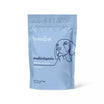








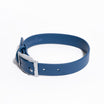
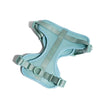
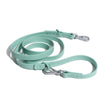


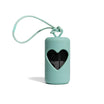




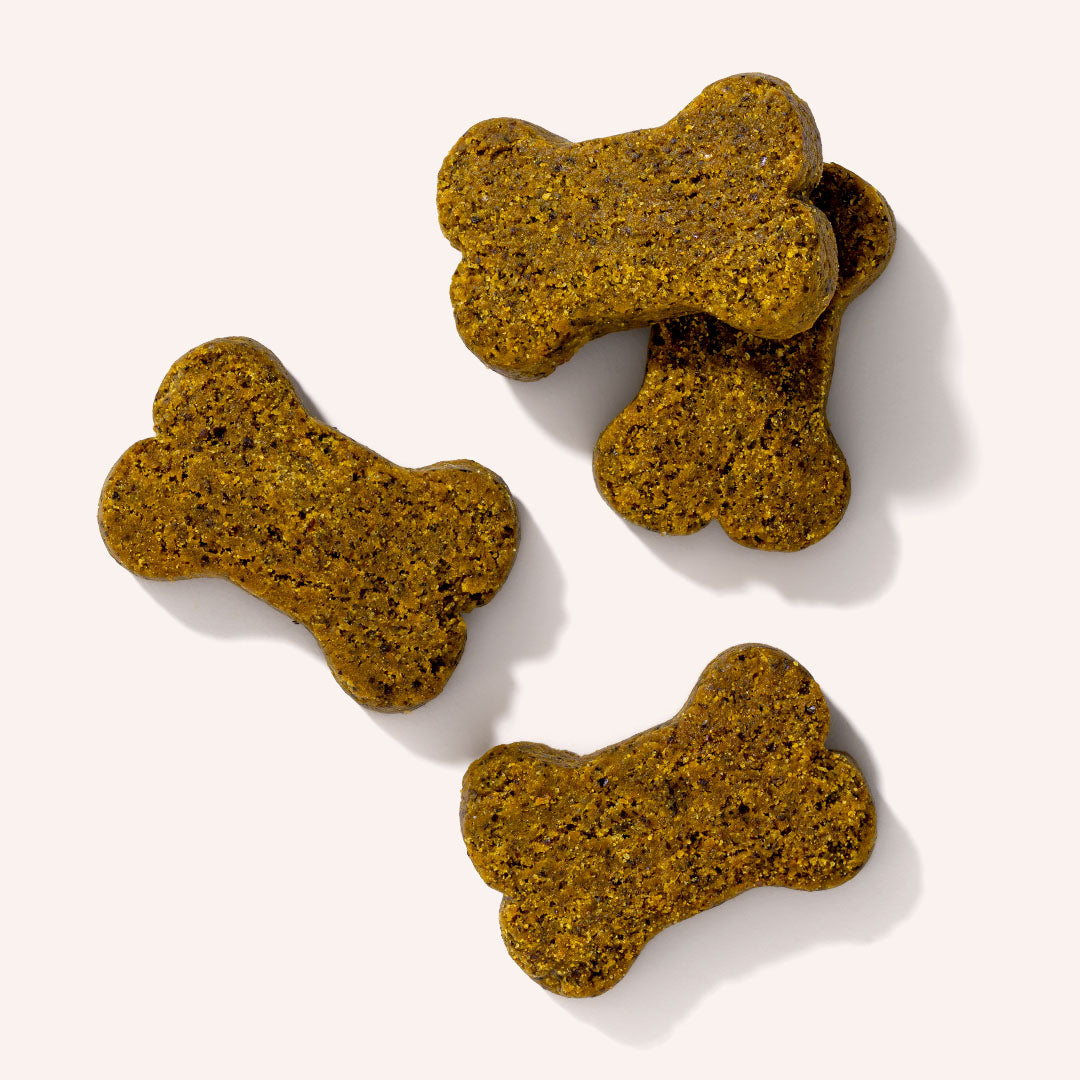

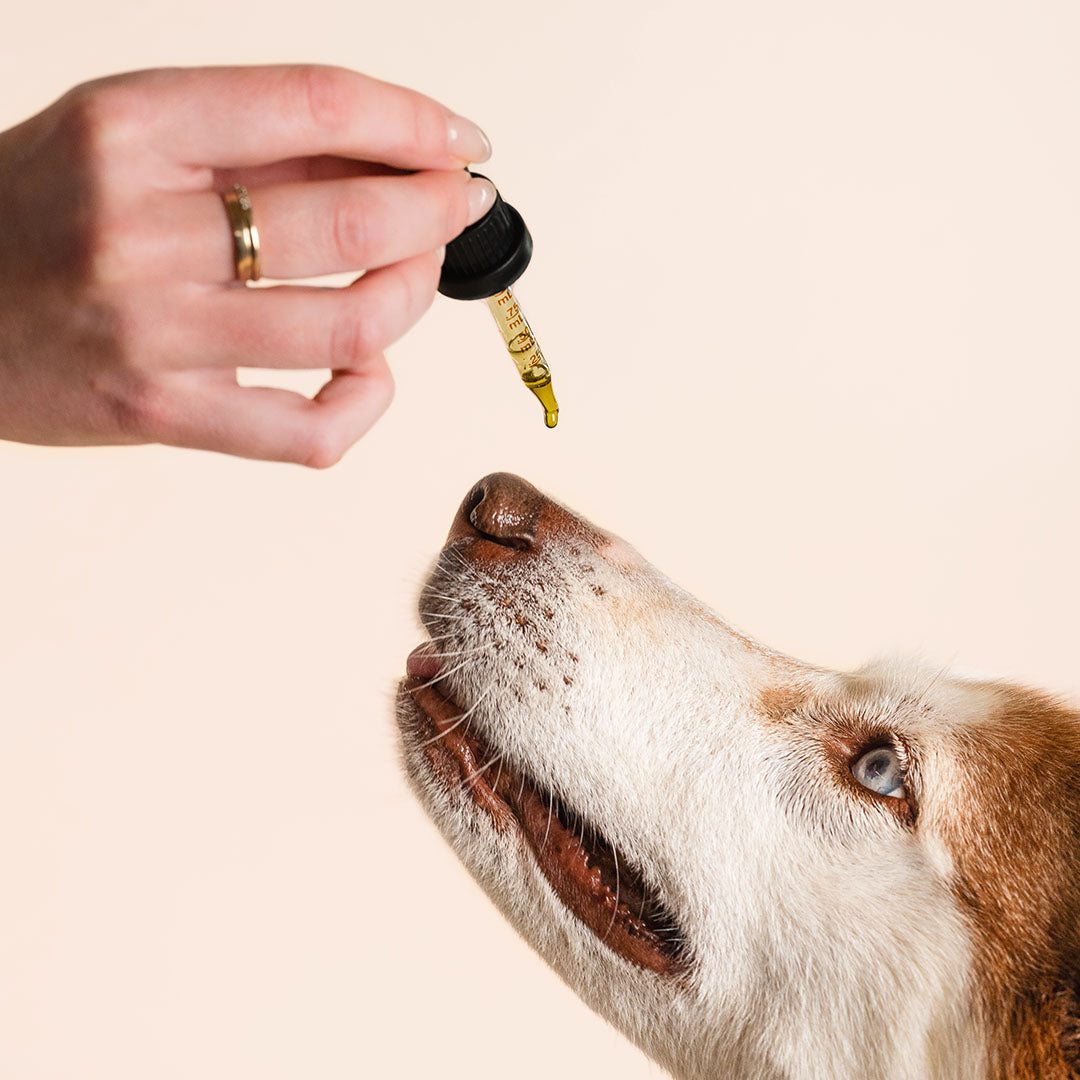



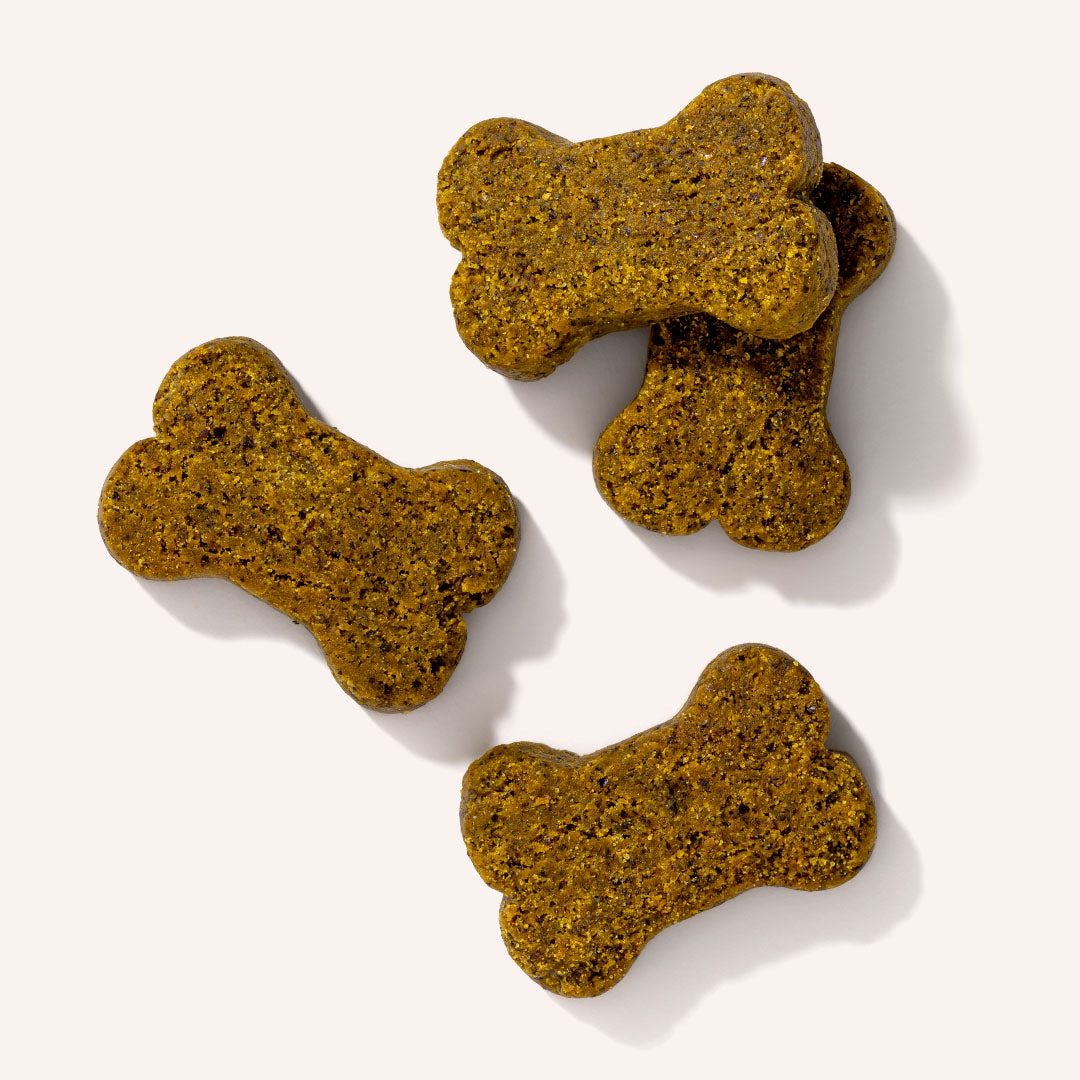

Leave a comment
All comments are moderated before being published.
This site is protected by hCaptcha and the hCaptcha Privacy Policy and Terms of Service apply.